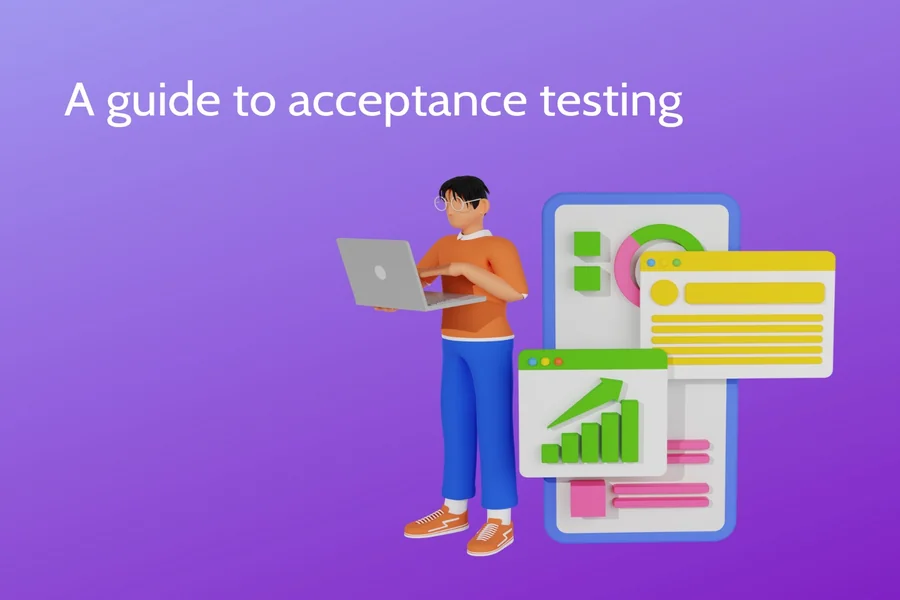
Acceptance testing ensures that your software not only works as intended but also fulfills business objectives and end-user expectations. It acts as the final assurance before release—proving that the product delivers real value, not just functionality.
Key Types of Acceptance Testing
- User Acceptance Testing (UAT): Business users confirm that the application supports actual workflows and daily operations.
- Alpha/Beta Testing: Early adopters and power users test the product in real-world scenarios, exposing usability gaps and edge cases.
- Contract/Regulatory Acceptance: Validates compliance with legal, contractual, or security requirements.
Why Preparation Matters
Strong preparation is the foundation of successful acceptance testing.
- Define acceptance criteria early within user stories as measurable success indicators.
- Develop a UAT plan covering test scenarios, data sets, environments, participant roles, communication channels, and issue management.
- Create task-oriented scripts (e.g., “Generate invoice → Apply discount → Send email”) and let users execute them independently to uncover hidden challenges.
Executing UAT Effectively
- Kickoff: Establish scope, timelines, and approval standards.
- Guided & Self-Serve Testing: Blend facilitated walkthroughs with independent sessions.
- Structured Feedback Collection: Use standardized templates to capture steps, expectations, results, and supporting evidence.
- Risk Evaluation: Prioritize issues based on severity and business impact to decide what needs immediate fixes versus deferrals.
Sign-Off and Release Decisions
Conclude UAT with a formal sign-off report that summarizes:
- Pass/fail metrics
- Remaining risks
- Mitigation strategies
If critical acceptance criteria are not met, adjust timelines or scope. Releasing without user acceptance is essentially risking customer trust.
Common Pitfalls to Avoid
- Involving users too late, leaving insufficient time for fixes
- Poorly defined acceptance criteria leading to disputes at sign-off
- Testing unstable builds or using non-representative data
Final Thoughts
When conducted properly, acceptance testing minimizes rework, strengthens user confidence, and boosts satisfaction. Whether you’re seeking software testing services or evaluating top software testing companies, ensure your partner provides structured UAT as part of their end-to-end software quality assurance offering.
